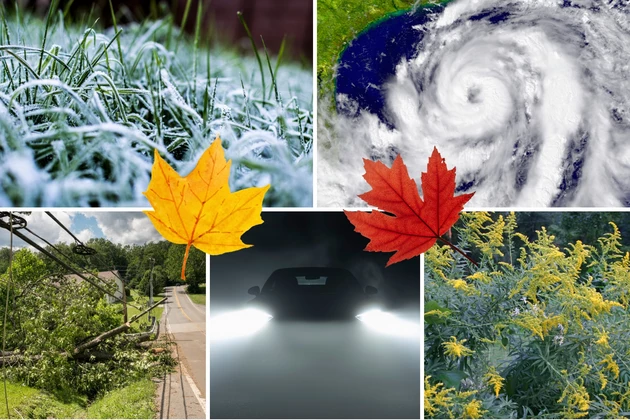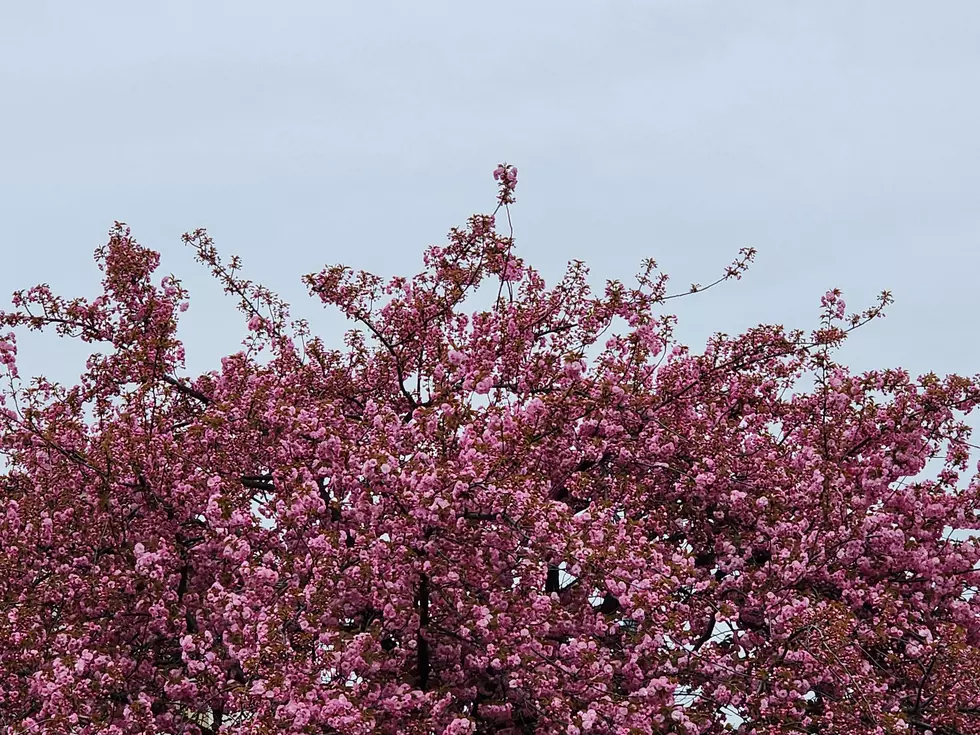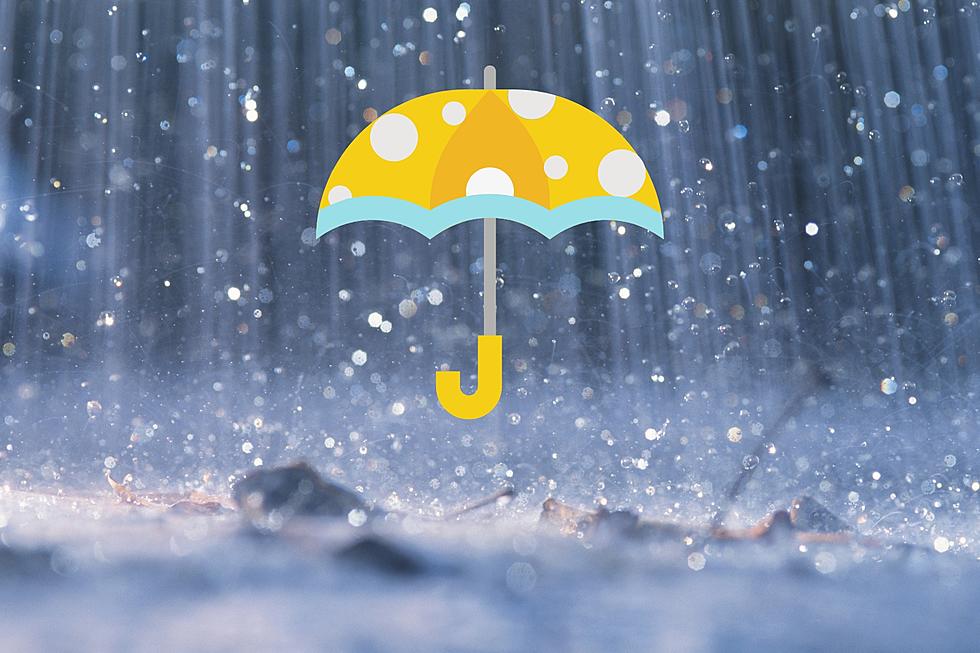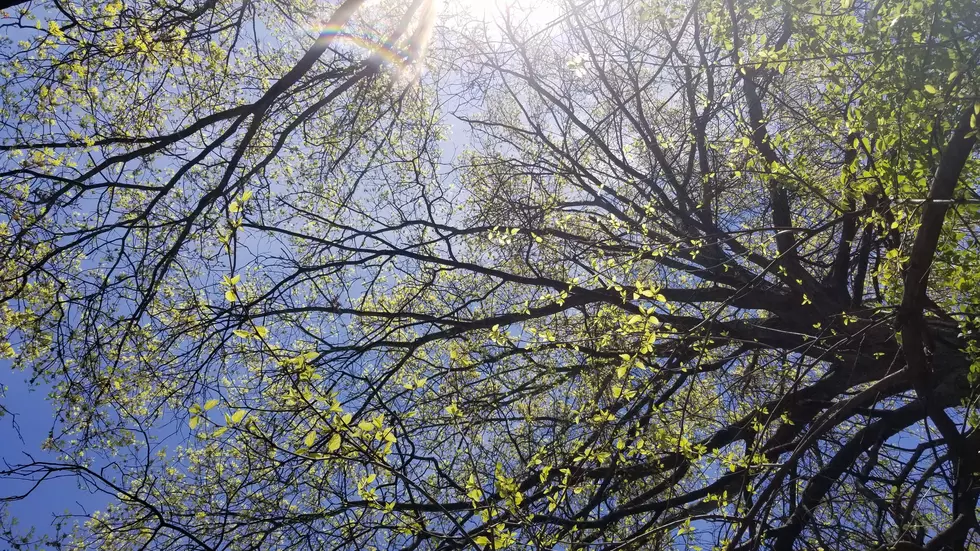
5 fall weather hazards NJ residents and businesses can’t ignore
Autumn is probably New Jersey's most volatile weather season. The grand transition from the heat/humidity of summer to the snow/cold of winter is never a gentle one. Of course, fall also delivers plenty of beautiful, sunny, crisp, comfortable weather too.
Here in the weather center, in addition to helping you plan your day and play your week, we are always on the lookout for hazardous weather. Conditions that may present a danger to life and property.
Even though extreme heat, tornadoes, and blizzards are exceptionally rare this time of year, the fall presents a special assortment of phenomena to watch. Here's my top five.
Frost and Cold
One significant milestone of the fall season is the first frost of the year, which can range from late September (especially to the north) to early November (especially to the south). If that first killing frost occurs earlier than expected or harder than expected, it can have a devastating impact on agriculture. Farmers and gardeners are constantly keeping on top of the temperature forecast, to keep their growing season going as long as possible.
In addition, extreme cold snaps have been known to occur in the fall too. Remember Thanksgiving Day 2021? Temperatures were stuck below freezing all day, with a biting wind chill.
Hurricanes
Yes, fall is still part of the Atlantic hurricane season, which does not officially end until November 30. In fact, historical tropical development peaks around mid-September, as the oceans are still toasty warm. Hurricanes and tropical storms can turn into multi-impact headaches with heavy rain, damaging winds, tornadoes, coastal flooding, and beach erosion all on the table.
The perfect example of the danger posed by hurricanes in the fall? Sandy, which made landfall as a post-tropical storm near Brigantine, New Jersey on October 29, 2012.
Wind
Each successive cold front is usually accompanied by a burst of northwesterly wind. That is the "whoosh" of colder, drier air surging into New Jersey.
Sometimes those wind gusts climb above 40 mph, which is the general threshold for damage to trees, power lines, structures, etc. So not only is autumn a "blustery" season, it also carries the triple threat of property damage, road closures, and power outages too.
Fog
Another symptom of up-and-down temperatures and fluctuations in humidity. There are two types of fog that usually form in New Jersey. First is "advection fog," which means a moist air mass moves over a cold surface. And second is "radiation fog," when temperatures tumble to meet the dew point, causing a temperature inversion and layer of ground fog.
Foggy conditions can range from patchy to thick, lasting either hours or an entire day. Fog is also one of the most difficult weather phenomena to forecast.
Seasonal Allergies
Fall is ragweed season in New Jersey, as the plant releases its potent pollen between August and October. Mold spores can also be a problem this time of year. Plus, all the falling leaves and growing pumpkins can lead to swollen sinuses, stuffy noses, water eyes, and scratchy throats too.
Sometimes, the fall allergy season is just as bad as the spring. You may be reaching for the allergy medicine and hot tea. And possibly take some sick time to recover.
Dan Zarrow is Chief Meteorologist for Townsquare Media New Jersey. Check out Dan's weather blog or follow him on Facebook for your latest weather forecast updates.
KEEP READING: Get answers to 51 of the most frequently asked weather questions...
25 costliest hurricanes of all time
More From New Jersey 101.5 FM









